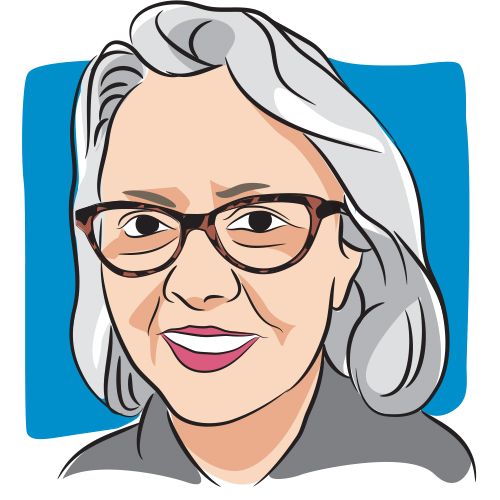Article
We Know We Have Cancer, But How Do Others See Us?
Author(s):
A male breast cancer survivor examines the invisibility factor in this disease.
I wonder sometimes how the people we know look at us, both men and women, now that we're cancer survivors. I don't mean physically of course, because nobody would suspect that I had my left breast removed, based on the very slight indentation in my tee shirts. And while many women (and guys too, of course) pass on the option to have breast reconstruction, I think that the average person we meet doesn't suspect our connection to cancer based on our appearance. But what about those friends and family members who really know us and see what's going on in our cancer experience?
Do they see us as tragic figures; heroic warriors; unlucky victims or perhaps valiant survivors?
I suspect that the answer to that question rests in our own display of emotion, determination and attitude about our personal cancer encounter. My many friends with cancer share a common language with me. We can speak about HER2 and aromatase therapy and liquid biopsies with the same understanding and sense of composure that our non-cancer colleagues might use to chat about the daily news or supermarket sales or the academic accomplishments of their grandchildren.
In our cancer communities, we often find a connection that goes beyond mere words. We're linked together in ways that only those of us in the chain can comprehend and I can't imagine that our friends and families would fully understand how cancer feels. As the old saying goes: "It takes one to know one".
We probably can't change the way people view us as cancer survivors, but I believe that most of the people I know don't routinely connect me with my disease when we meet. Humans seem to have a way of tuning out anything other than the immediate tragedies in our lives. After all, if we thought about global warming or animal cruelty or hospital bills constantly, we would certainly perish from the stresses of life.
So, many of us with one kind of cancer or another have a sort-of secret life. We can walk down the street with wigs to mask our bald heads from chemotherapy. We can stand in line for movie tickets with I.V. ports in our bodies, radiation tattoos on our skin, breasts missing or rebuilt. We can go to work with colostomy pouches under our clothes and so much more. And we can remain anonymous in the world.
But those who really know us also know the truth about what's going on under our shirts and blouses and positive outlooks on life. I spend a good deal of time writing about this disease, but I suspect that people who view my Facebook or Twitter accounts sometimes skip by my missives to explore other subjects that are more suitable to their own experiences; and perhaps more positive in their eyes too. So I suppose that people see us as they need to see us.
It may feel at times like we're tagged as "people with cancer" but we know that there is so much more to know about us. We can't allow ourselves to be minimized or isolated by our disease. Perhaps the most important thing is that in the end, how people view us as cancer survivors doesn't change anything at all about how we view ourselves.
So my message to my most intimate and trusted friends is this: Please don't look at old photos of me and assume that I've lost something irreplaceable. Don't look at those images of my past when once I had a fully formed chest, a wide smile and unending ambitions that made me seem impervious to the hazards of life. It's incredibly difficult for us to look at those we love; those who have cancer, and to see them outside of the form we once knew - the beings we have loved and cherished for so many years. But we are different now that we have cancer, and no matter what others wish for us or how they see us; it's the view we have of ourselves right now as survivors that has to inspire our vision for the future and our outlook on life.




